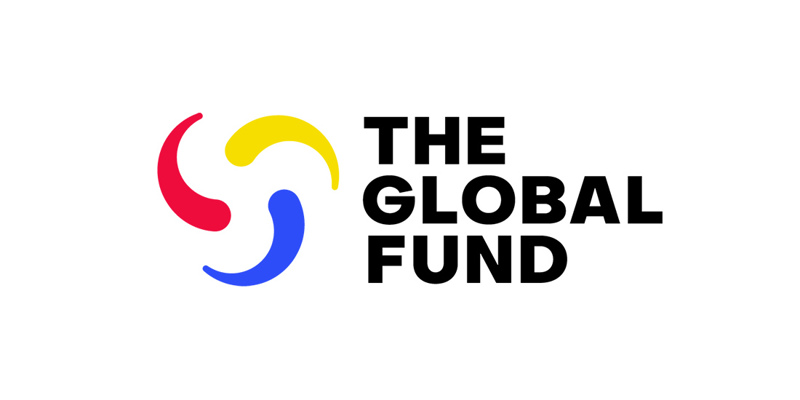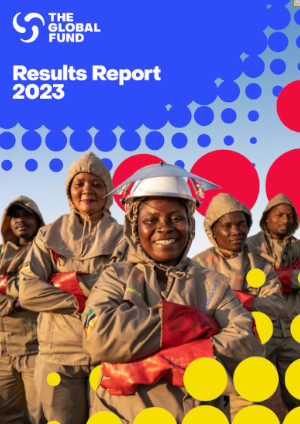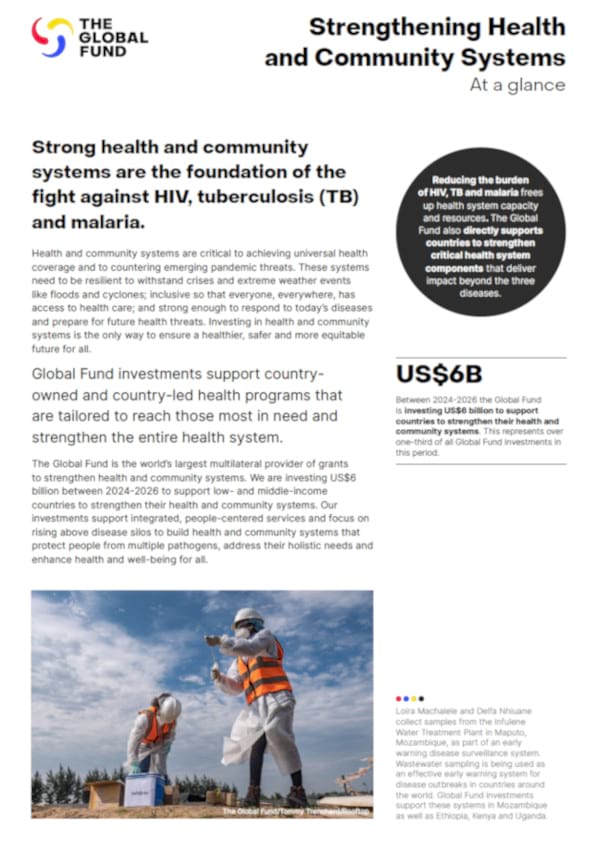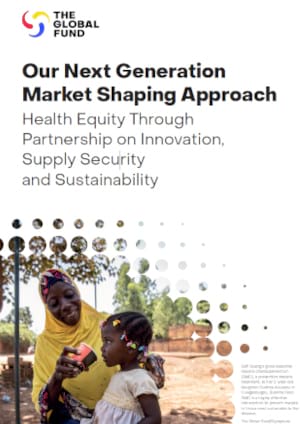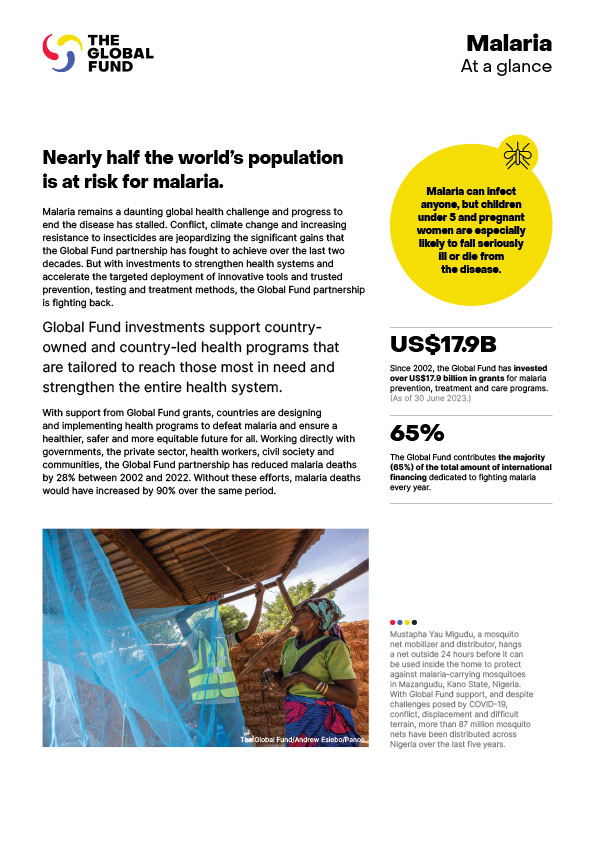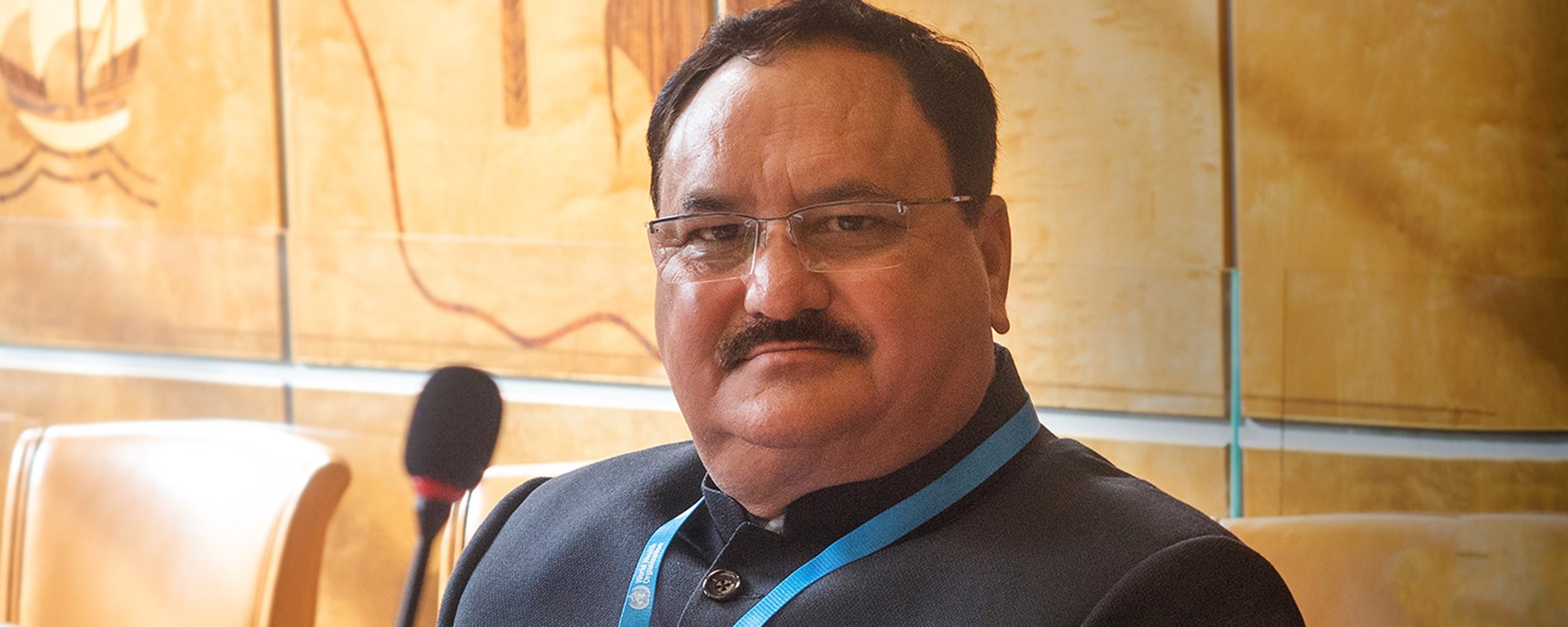

“It’s Time Tuberculosis Comes to an End” – India’s Minister of Health
India’s Prime Minister Narendra Modi’s pledge to end tuberculosis in India by 2025 has injected new momentum into the global fight against the disease, ahead of a key United Nations General Assembly meeting on TB in September. India’s leadership and political commitment is essential: the country has about 27 percent of the estimated global cases of TB, as well as a quarter of drug-resistant TB patients.
In an interview, Shri Jagat Prakash Nadda , India’s minister for health and family welfare, says he expects other high-burden countries to follow India’s example, and explains how New Delhi is planning to meet its ambitious goals. In Geneva for the World Health Assembly, Nadda said India – the world’s largest exporter of generic drugs – stands ready to provide technical and medicinal support for neighboring countries to end the disease.
This year has been called the year for action against tuberculosis, with a UN high-level meeting organized in New York in September. What is India’s expectations from that meeting?
We expect the United Nations General Assembly high-level meeting to come up with new strategies to reach the vulnerable. We also expect technical input for more effective medicines so that we are able to curb the disease in a short span of time. As far as India is concerned, we are ready to share our experiences in terms of medicine, input and technical support. Prime Minister Modi has said that if our neighbouring countries want first-line drugs for tuberculosis, India will be willing to give that free of cost.
We also expect other countries to make a clear political commitment, especially in neighboring countries where the burden is immense. Those countries will have to come forward. India can be an inspiration for other neighboring countries with a high burden. We would like to see high-burden states go for an aggressive strategy. With India’s aggressive stance, the momentum to end tuberculosis is building, and it will be turning into a movement.
Why has India made ending TB a national priority?
India has been fighting tuberculosis for too long, and now it’s time tuberculosis comes to an end. During the last three to four years, under the leadership of our prime minister, many revolutionary and bold steps in the sector of health have been taken. That has put India on the global map, and people are now looking at India as a leader for reforms in the health sector. Prime Minister Modi called for India to end tuberculosis by 2025, five years ahead of the targets set in the Sustainable Development Goals. India was able to become polio-free and yaws-free, and we are confident we can become tuberculosis-free. It’s an issue of India’s leadership, and there are also economic arguments to end tuberculosis.
How is India planning to meet its ambitious goals?
Tuberculosis is a communicable but preventable disease. In line with the expectations of Prime Minister Modi, the whole health department has refocused its strategies to address the issue of endingtuberculosis. Our National Strategic Plan was not drafted in the headquarters of the health department. It was drafted taking all stakeholders on board: field activists, state officials, NGOs, civil society, development partners. Our National Strategic Plan will be implemented at state level, district level and area level, so everybody knows what he has to do. There has been a sea change in the way we work with our states. Prime Minister Modi believes in cooperative federalism. A lot of engagement is being developed and it’s going to make a difference.
What specific programs is India implementing to tackle TB?
We have purchased and put in place 1,135 GeneXpert machines, so early detection, quality detection and also detection of drug-resistant TB is being done. We have reached 30 million people in active community surveillance in areas that are vulnerable to tuberculosis, and from these people some 30,000 new cases of tuberculosis have been found and are being treated. The Revised National TB Control Programme has introduced bedaquiline for multidrug-resistant patients. This year, the budget has an allocation to give nutritional support to patients suffering from tuberculosis until they are cured from the disease.
Also, by 2020, all of India’s 150,000 health sub-centers (the peripheral outpost of the Indian health care system that provides maternal, child and adolescent care) will be converted into wellness centers, where we will be conducting universal screening for tuberculosis, along with screening for diabetes, blood sugar, hypertension, cervical cancer, breast cancer and oral cavity cancer. So every individual will be screened for tuberculosis as well as for leprosy.
These are all grassroot-level strategies that we have adopted and we are monitoring. Any program needs constant vigilance, constant monitoring and constant changing strategies from its own learnings. We are open to the idea because the goal is to end TB by 2025.
How are the private sector and public sector working together in India to tackle TB?
Tuberculosis notification is now a priority. Now private sector health care providers have to report new tuberculosis cases and for that we have developed a digital tool called Nikshay, a website for tracking, recording and monitoring TB cases. Under Nikshay, it is mandatory for all private health care providers to report every TB case to the local health authorities, so the patient comes into our fold. The treatment may be done by the private doctor, but the medicines will be supplied from the government side. So poor patients and vulnerable people will not have to go and purchase medicines out-of-pocket, even if this person goes to a private health clinic for a check-up.
How was India’s leadership on TB received at the World Health Assembly?
There is a lot of interest among world leaders and countries to see how India is doing on tuberculosis. What India does at home has a resonance in the global arena. At the World Health Assembly, we noticed a sense of interest, and also an acknowledgement of India as a leader in the health sector as far as tuberculosis is concerned. There is a shift as far as the understanding of India and the health strategies that India has taken.

